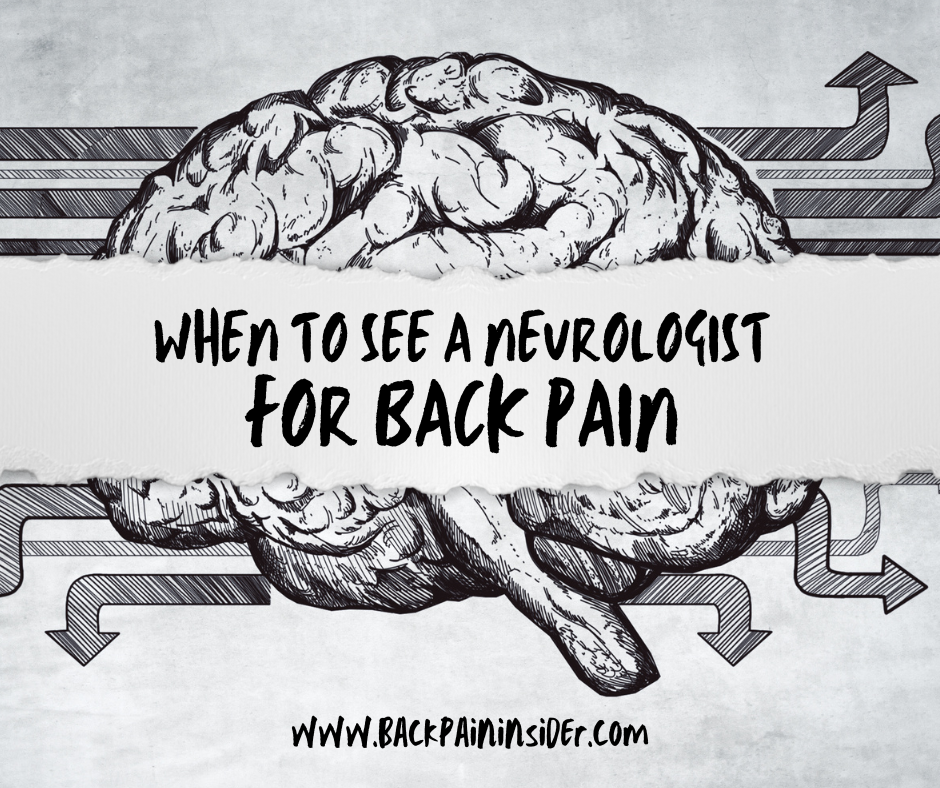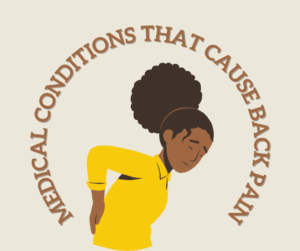Americans continue to have back pain. The cost of back pain treatment is in the millions of dollars. In addition, 8 out of 10 Americans will eventually visit a doctor for back pain. Since the lower back bears most of the body’s weight, lower back pain is more common. Acute back pain adds another layer of anxiety. The sharp, severe pain lasts for a few days or weeks. Back pain patients can find treatment with the aid of a doctor and occasionally a neurologist.
Why Does Back Pain Happen?
It can be challenging to pinpoint the exact cause of back pain because it can vary from patient to patient. Some people merely require a general practitioner’s help, and the patient and the doctor can collaborate on a non-surgical pain relief method. If the cause of the discomfort is too complex, a neurologist should be consulted. The treatment of nerves in the brain and spine is the specialty of a neurologist. An x-ray and an MRI are among the tools this doctor has to evaluate back discomfort.
How Can a Neurologist Help?
Neurologists, however, have more options. The neurologist can examine nerve health and muscle weakness in great detail using techniques like an EMG. A neurologist is the best professional to test for, identify, and treat back problems due to their thorough feedback.
The ability to assess a patient’s nerve and muscle health is a benefit of being a neurologist. Sprains, damaged muscles, or nerves frequently bring on acute pain, implying that the neurologist can treat the issue without surgery. The doctor often suggests physical treatment, way of life modifications, and rest. Neurologists also advocate using biofeedback therapy or chiropractic adjustments. Medications and steroid injections are the following steps if the discomfort doesn’t disappear. Chronic back pain can disappear with work.
Surgery can be the best option in some circumstances. The patient can then be referred to a surgeon by a neurologist. When all other non-surgical therapy options have failed, surgery is advised. The surgeon can receive comprehensive information from the neurologist to perform the proper procedure. A microdiscectomy or laminectomy typically relieves strain on the nearby nerves. Fusion surgery is required in severe cases of degenerated discs or arthritis. Neurologists are with the patient every step of the way, even after the operation, as they evaluate the results.
Conclusion
Healthy living might be hampered by back pain. For episodes of lower back pain, see a doctor. A general physician can offer initial assistance. However, a neurologist can advance the situation. Neurologists with complete information on nerve and muscle health can develop a strategy to treat back pain. And rest confident that the neurologist will guide the appropriate method if surgery turns out to be the best line of action.








